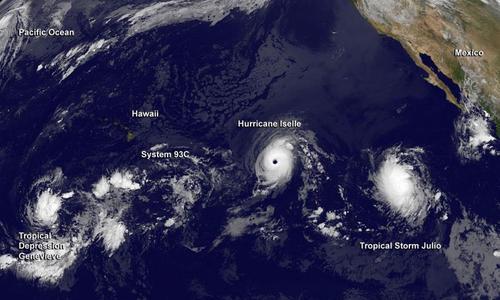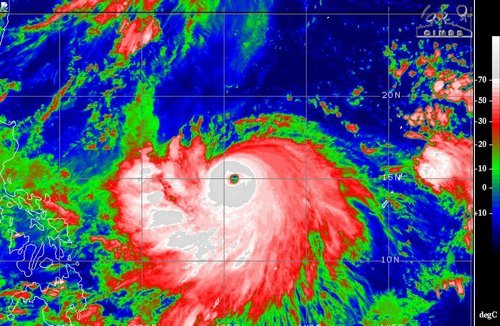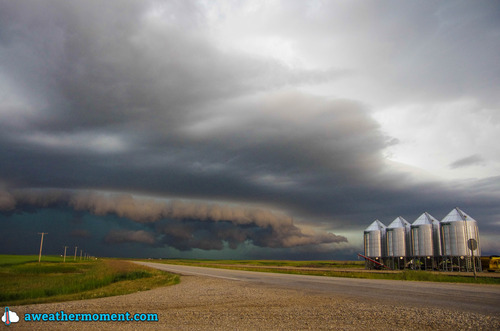BC Wildfire Threatens Homes
Numerous large wildfires have been burning throughout western Canada this month due to warm, dry weather in the west. Northern British Columbia and the Northwest Territories have been under the gun for most of July and August as ridging in the west has been persistent. The ridge resulted in warm and dry conditions with weak thunderstorms during the day that have been sparking the fires – not a good combination for fire prevention. As a result, a large portion of central and northern BC is now rated for extreme fire danger. A few significant fires are currently burning in northern BC including the Chelaslie Arm Wildfire and China Nose Wildfire.
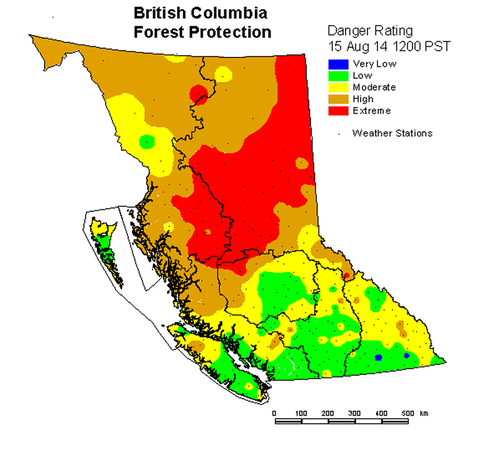
The China Nose Wildfire which is burning about 300km to the west northwest of Prince George is, as of this writing, zero percent contained and is threatening some 700 homes near China Lake and Houston, BC. As of Friday, estimates size the fire to be around 4,000 hectares – this is up from 1,200 hectares on Wednesday. A second large fire, the Chelaslie Arm Wildfire, is burning west-southwest of Prince George and is much larger than the China Nose Wildfire with an estimated size of 104,000 hectares. Entiako Provincial Park is most at risk from this fire – the park has closed and is under evacuation alert.
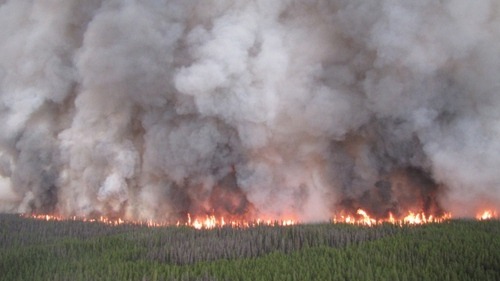
Conditions are not superb for firefighting either fire this weekend either; westerly winds kicking in later this weekend will result in warm and dry conditions persisting. These fires can also result in poor air quality, not only for cities in the region but also cities downwind of the fires. Plumes of smoke from the fires in BC and the Northwest Territories can be seen traveling thousands of kilometres – as far as southern Ontario – when a northwest flow is in place.
